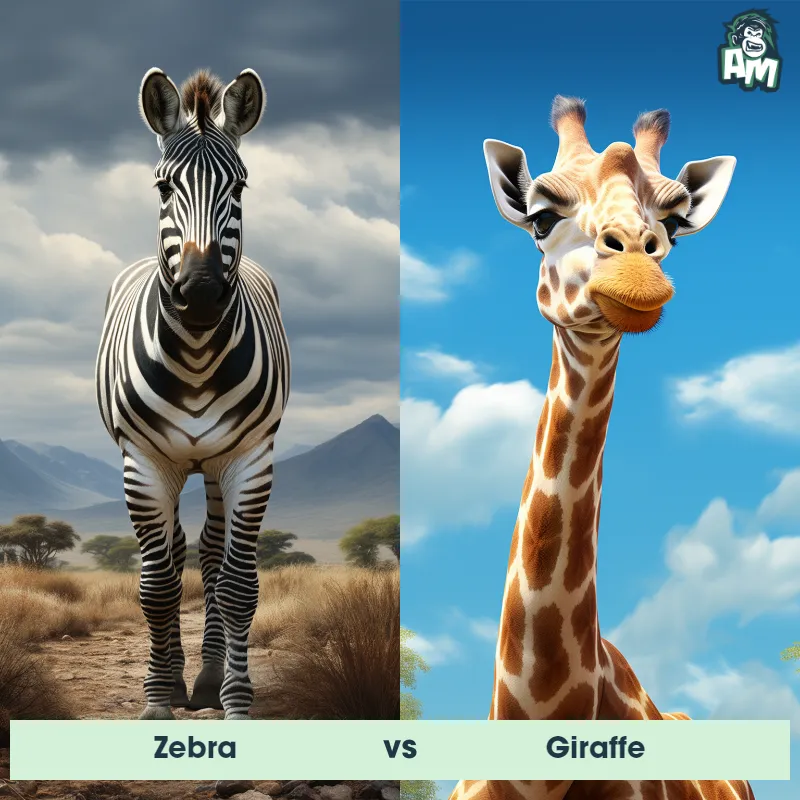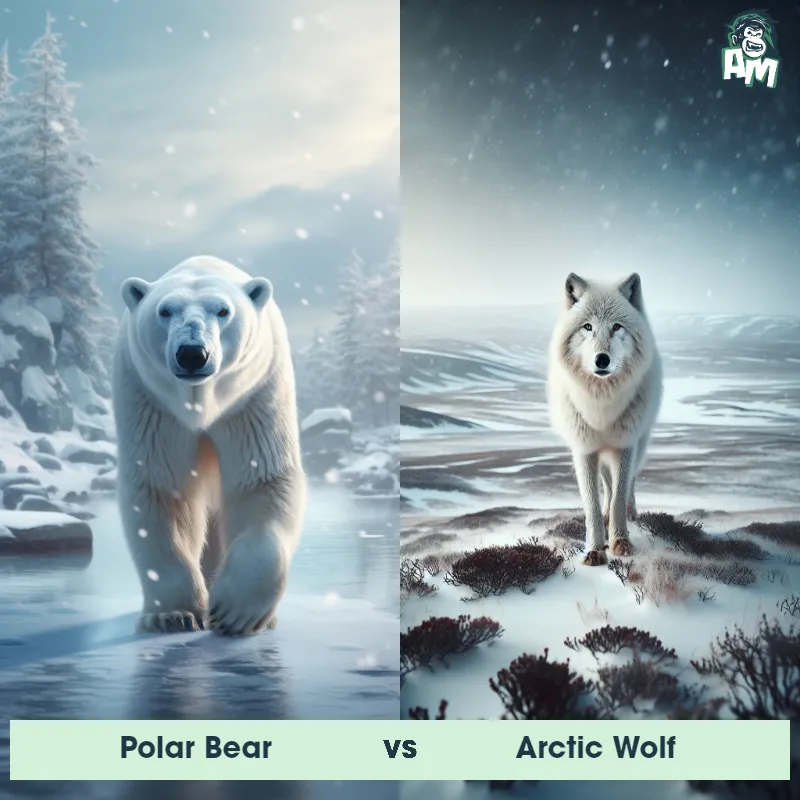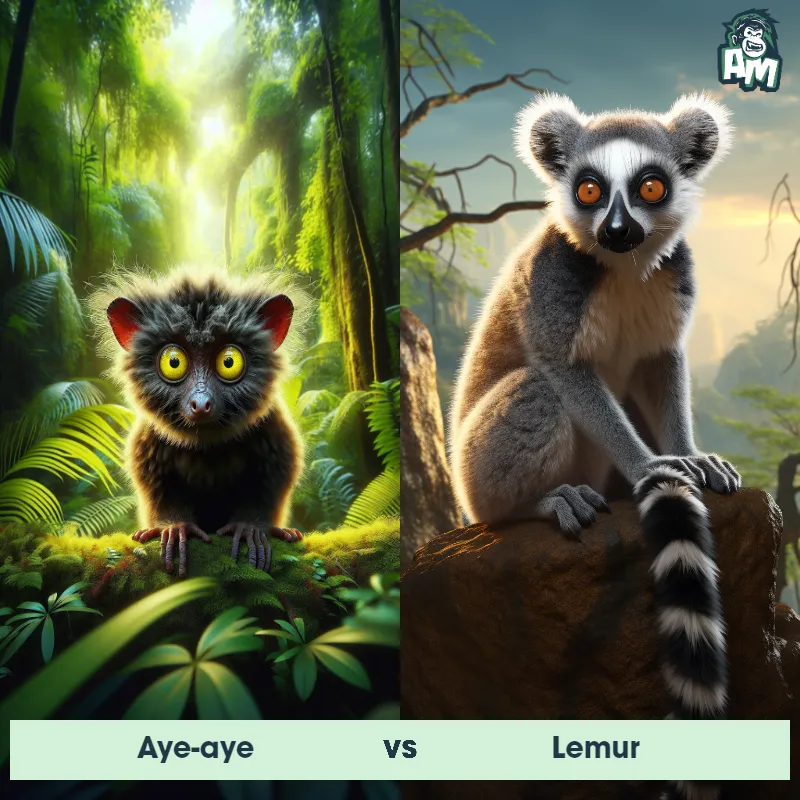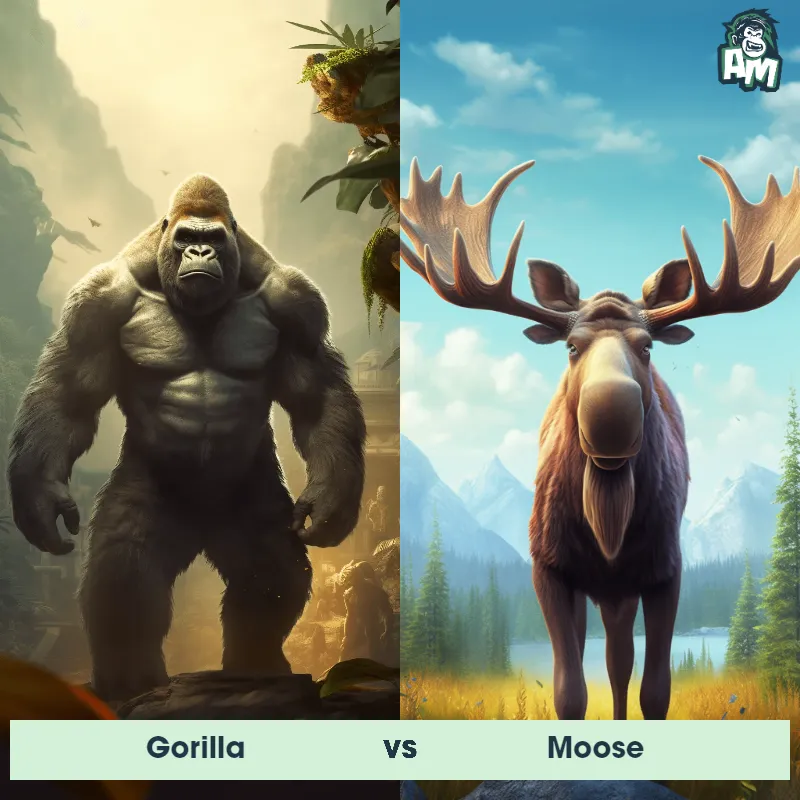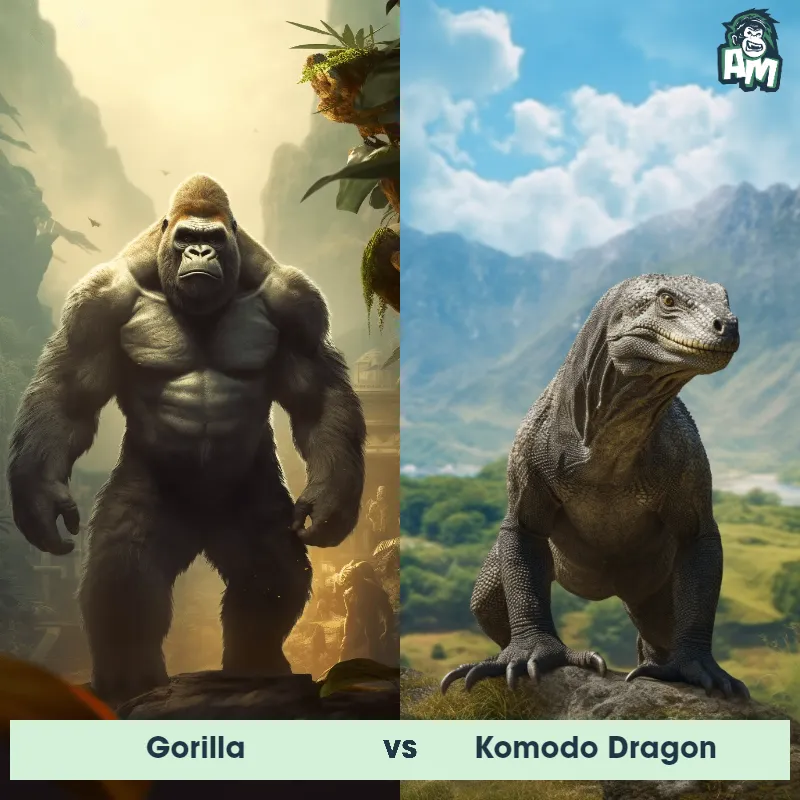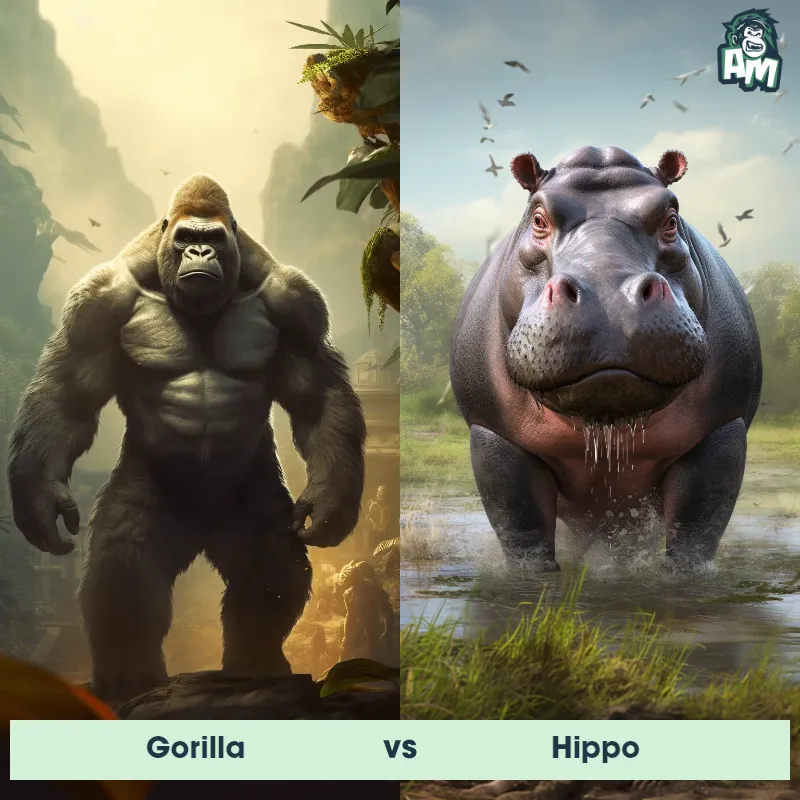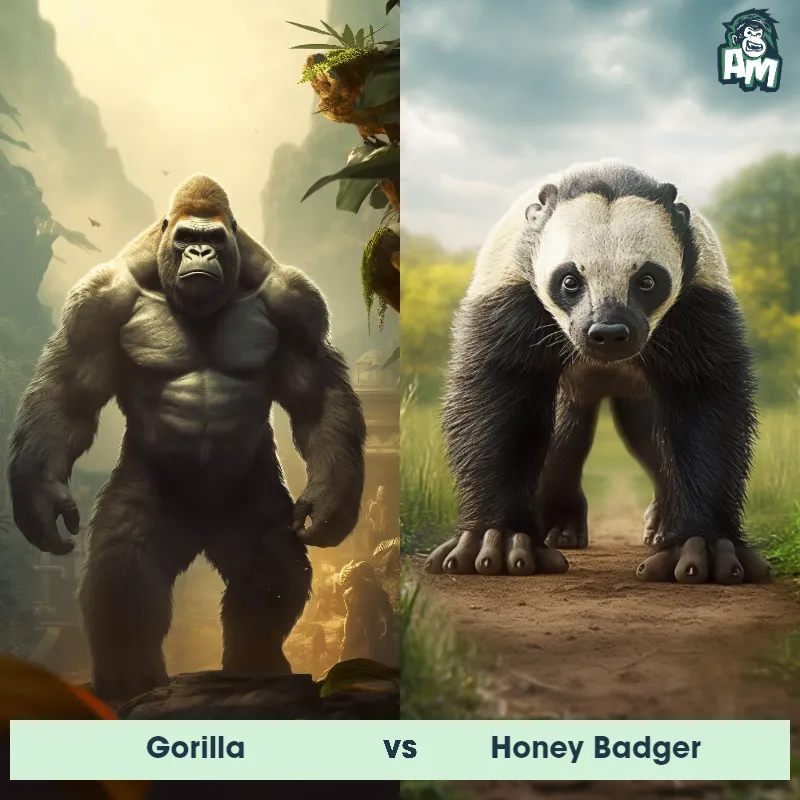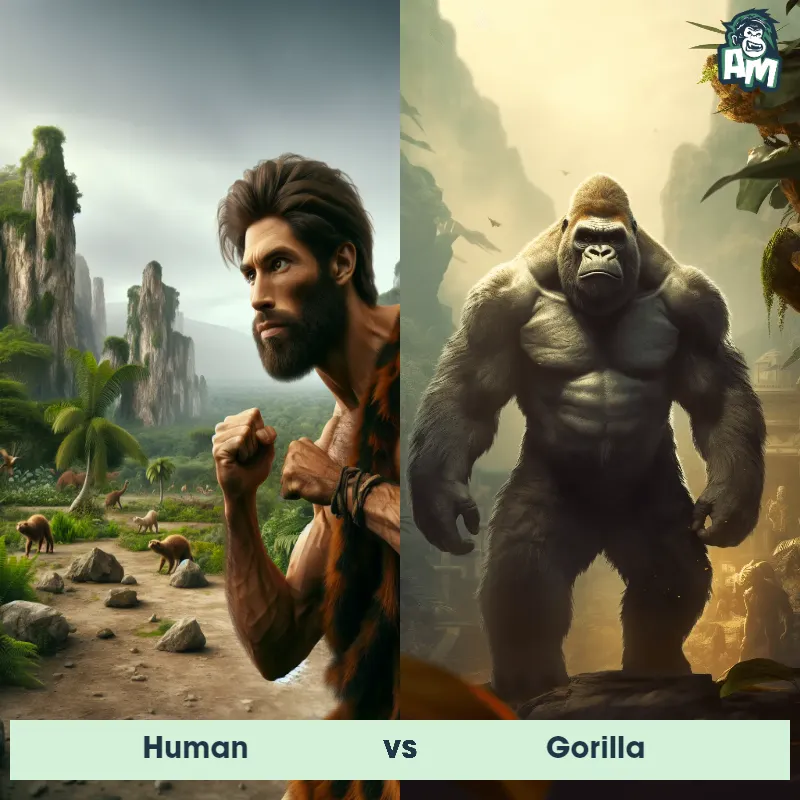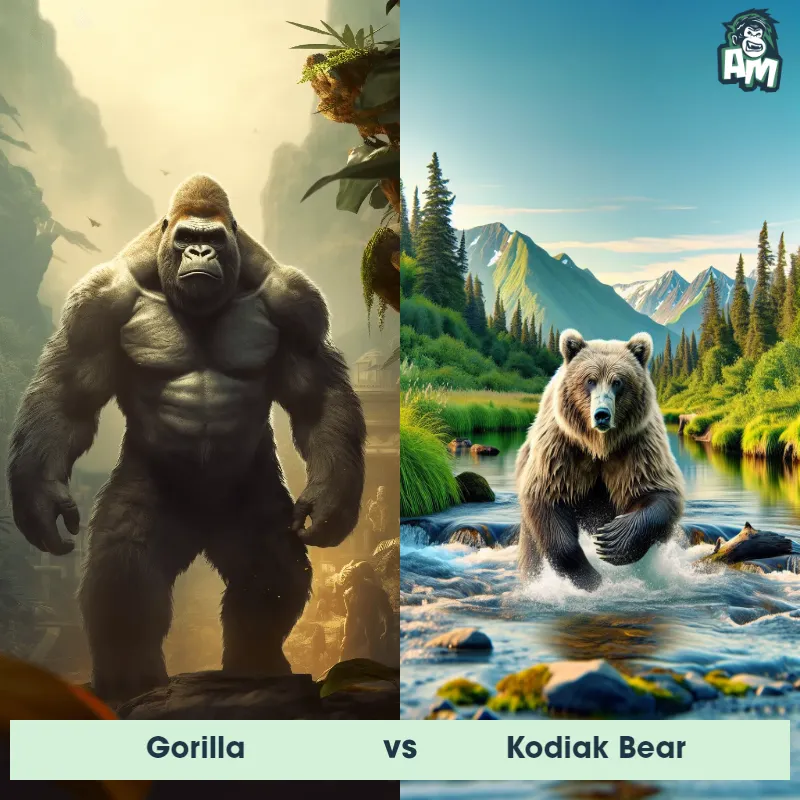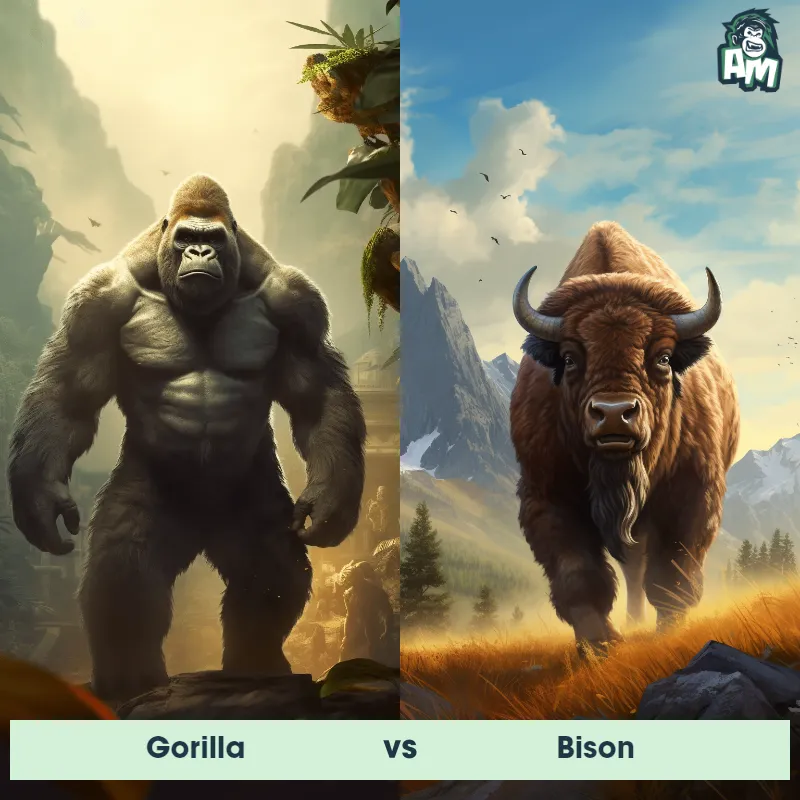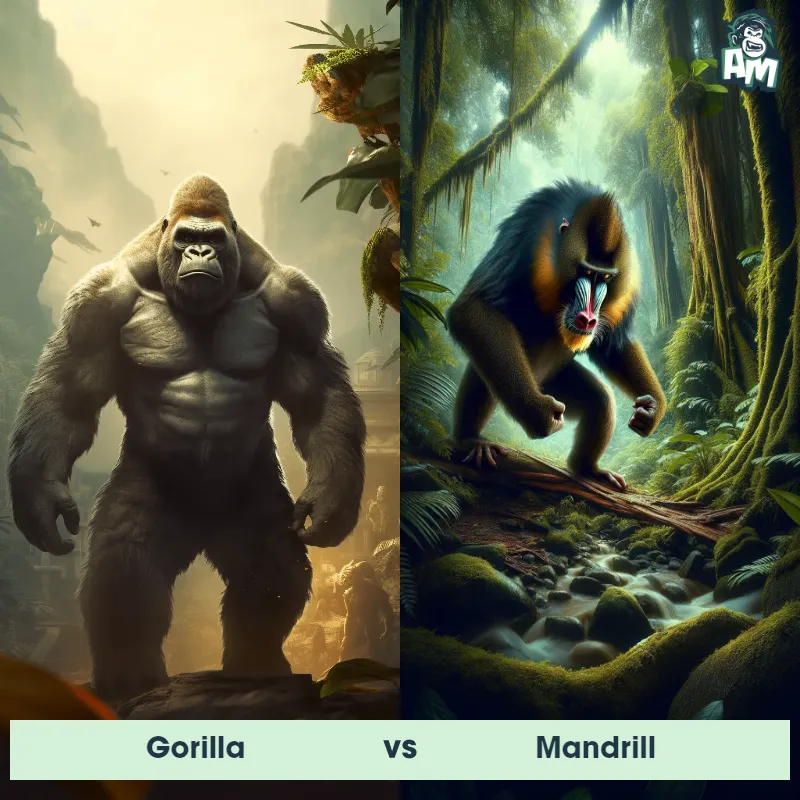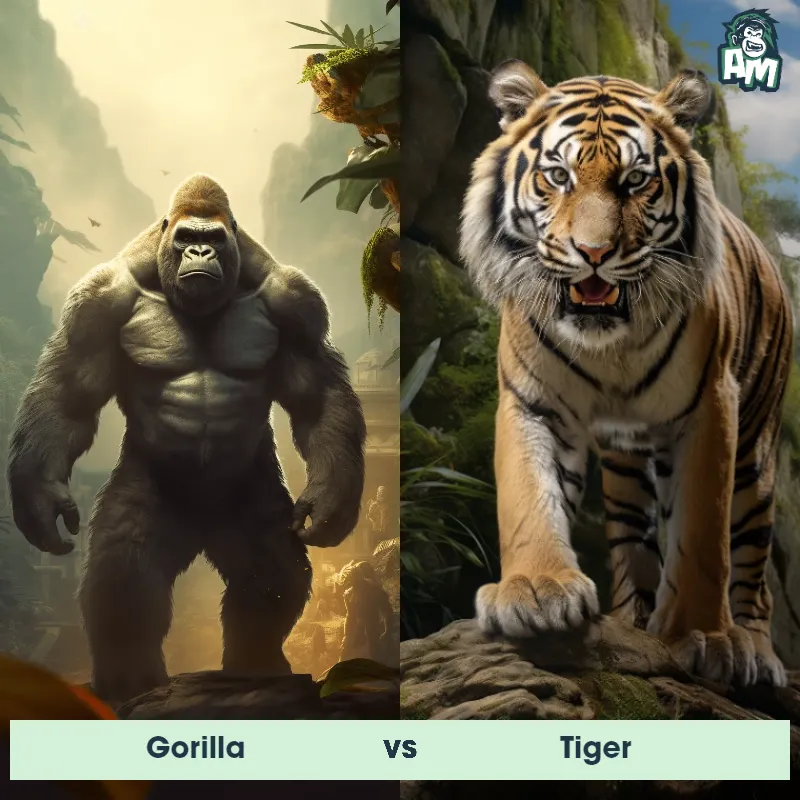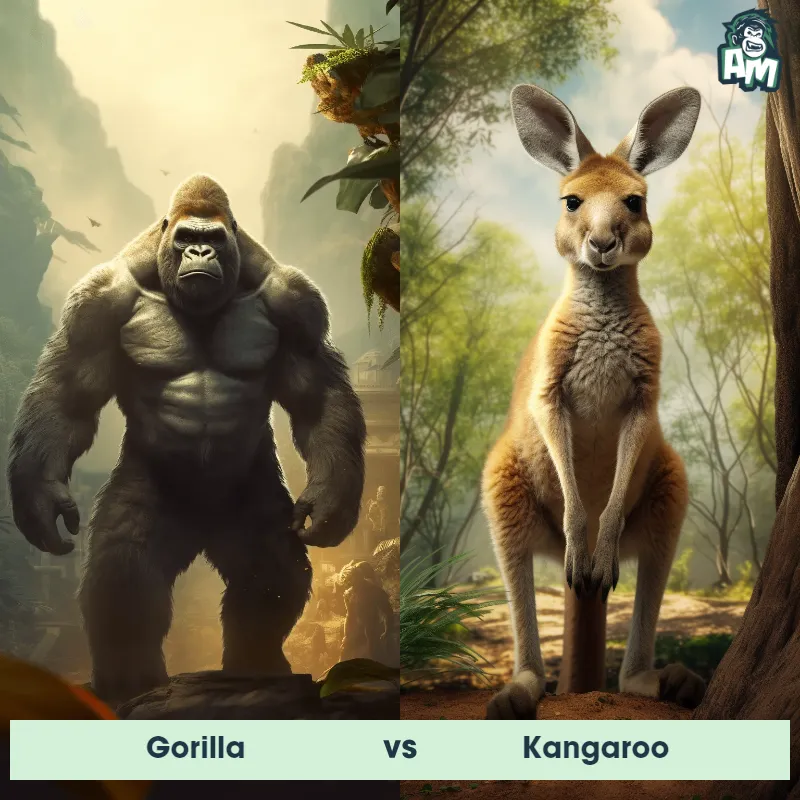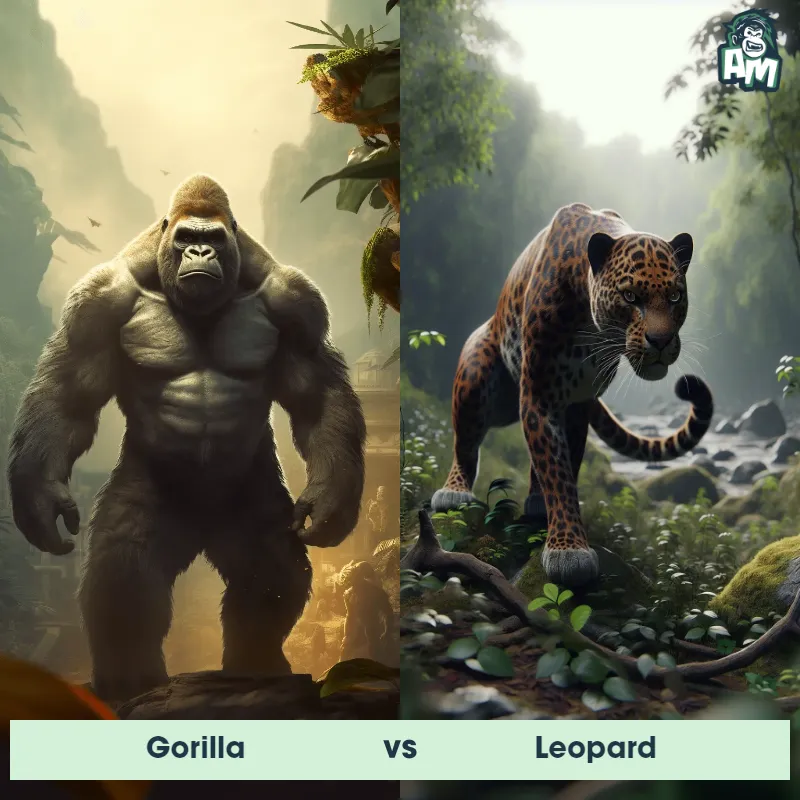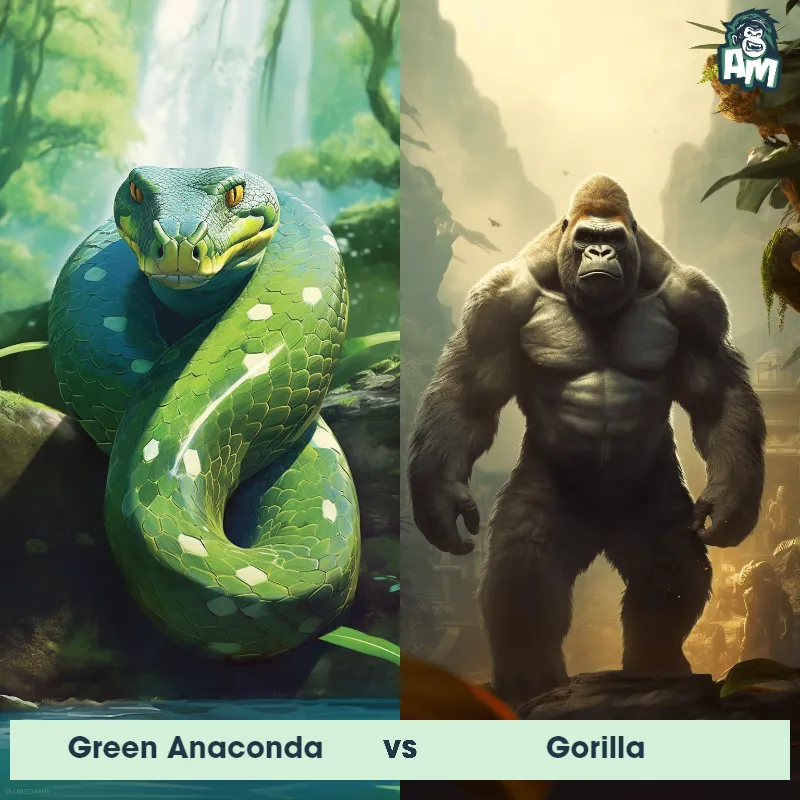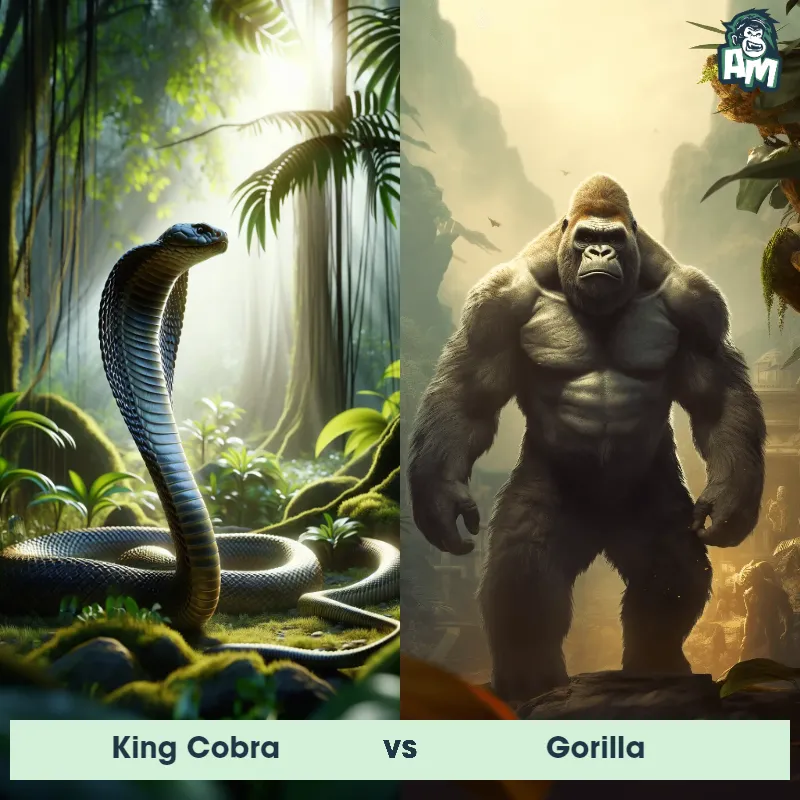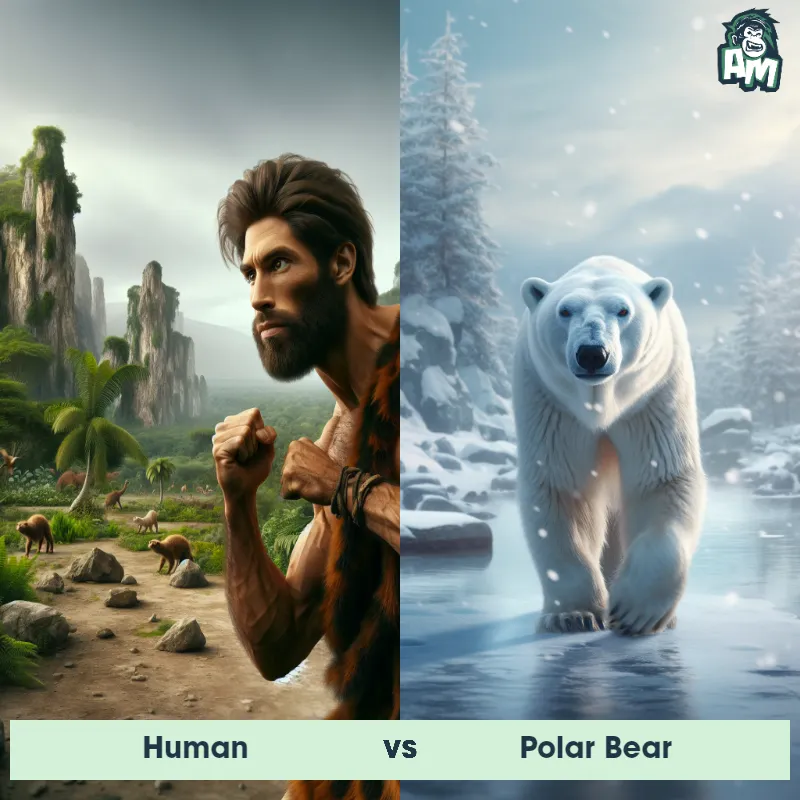Gorilla vs BonoboSee Who Wins

Ladies and gentlemen, welcome to this thrilling matchup between two of nature's most powerful primates! In one corner, weighing in at an impressive 400 pounds, we have the mighty Gorilla. And in the other corner, standing tall at a lean 100 pounds, we have the agile Bonobo. It's strength versus speed, power against dexterity. This promises to be an electrifying battle, so let's dive right into the action!
Contender 1: Gorilla
The Gorilla is a large, powerful primate that is native to the forests of central and eastern Africa. They are known for their muscular build, with males weighing up to 400 pounds and standing up to 6 feet tall. Gorillas have a distinctive black fur coat and a broad, flat face with a prominent brow ridge. They are herbivores, primarily eating leaves, stems, and fruits, and live in social groups led by a dominant male.
Fun Fact: Gorillas are one of the few animals that have been observed using tools in the wild, such as using sticks to measure the depth of water or as a weapon to defend themselves.
Contender 2: Bonobo
The Bonobo, also known as the pygmy chimpanzee, is an endangered species of great ape native to the rainforests of the Democratic Republic of Congo in Central Africa. They are closely related to humans and share 98.7% of their DNA with us. Bonobos are characterized by their slender bodies, long arms, and a short, bushy tail. They have black hair covering a pink face and a prominent forehead. Known for their intelligence and social behavior, these primates are arboreal and mainly spend their time on the ground in large and cohesive groups called communities.
Fun Fact: One fascinating fact about Bonobos is that they are known for their peaceful and loving behavior, which has earned them the nickname "hippie" or "make love, not war" apes. Unlike other primates, Bonobos are less aggressive and resolve conflicts through sexual interactions, displaying a unique form of social bonding and conflict resolution.
Matchup Stats
| Gorilla | Bonobo | |
|---|---|---|
| Size | Up to 6 feet (1.8 meters) | 3 to 4 ft (91 to 122 cm) |
| Weight | Up to 400 pounds (181 kilograms) | 66 to 86 lbs (30 to 39 kg) |
| Speed | Speed: 20 mph (32.19 km/hr) | 4 mph (6.4 km/h) |
| Key Strength | Powerful arms and large size | Agility and dexterity |
| Biggest Weakness | Vulnerable to attacks on the head and neck | Lack of physical aggression |
Current Votes
Gorilla vs Bonobo
See Who Wins
View More Matches
Looking For More?
Similar Matches
Scientific Stats
| Gorilla | Bonobo | |
|---|---|---|
| Scientific Name | Gorilla | Pan paniscus |
| Family | Hominidae | Hominidae |
| Habitat | Forests | Rainforests |
| Geography | Central and Eastern Africa | Democratic Republic of Congo, Central Africa |
| Diet | Herbivore | Primarily frugivorous, also eats leaves, stems, and insects |
| Lifespan | 35 years - 50 years | 25 years - 40 years |
Key Differences between Gorilla and Bonobo
- Body shape: Gorillas have a robust and muscular build, with a large chest and broad shoulders, while Bonobos have a more slim and proportionally elongated body with narrow shoulders.
- Limb proportions: The arms of gorillas are longer relative to their legs, enabling them to move through the trees with ease, whereas Bonobos have more equal arm and leg lengths, adapted for arboreal movement as well as bipedal walking on the ground.
- Coloration: Gorillas have coarse black or dark brown hair covering their body, whereas Bonobos usually have lighter or darker shades of brown hair with a prominent parting in the middle of their head.
- Size: Gorillas are generally much larger than Bonobos, with fully grown male gorillas weighing up to 400 pounds and reaching a height of 5-6 feet, while Bonobos typically weigh around 80 pounds and have a height of 3-4 feet.
- Behavior: Gorillas are known for their more solitary and territorial nature, usually living in small family groups led by a dominant male, whereas Bonobos display a more cooperative and peaceful social structure, forming larger groups and relying on strong female bonds for social cohesion.
- Facial features: Gorillas have a more prominent sagittal crest on top of their head, which is absent in Bonobos. Additionally, male gorillas have silver or grey-colored hair on their back as they reach maturity, whereas Bonobos do not exhibit this trait.






